Plastic pollution
What causes plastic pollution?
What are the consequences for the ocean?
Why are the figures for plastic pollution so alarming?
Which animals are most exposed to plastic pollution?
How does plastic pollution compromise the Sustainable Development Goals (SDGs)?
In less than 10 minutes, the keys to understanding plastic pollution and taking action.
Plastic, an incredible innovation…
🐘 The first real plastics appeared in the 1860s. Alexander Parkes invented Parkesin, the first known plastic: a material sharing the properties of elephant ivory (strength) and tortoise shell (malleability).
🧴 New plastics appear during the war: PVC brings comfort to the home. The development of PET accelerated in 1978 when Coca-Cola replaced its iconic glass bottle with a single-use plastic bottle.
💣 From then on, plastic invaded our daily lives at an impressive rate. From 1950 to 2017, an estimated 9.2 billion tonnes of plastic were produced worldwide.
📈 More than half of all plastics have been manufactured since 2000. According to UN estimates, this global production could more than double by 2050.
▶️ Today, of the more than 380 million tonnes of plastic produced per year worldwide, up to 50% are single-use products :
🍬 40% is used for food packaging,
👗 15% in the textile sector.
🍽 12% in consumer goods
🚘 6 % in the transportation sector
🏗 ️4 % in the building sector
⚡️ ️4 % in the electricity sector
➡️ Short-life plastic products accounted for 66% of plastics use in 2019.
…become a major source of pollution
🥡 This is the age of the throw-away: 40% of all plastics produced are thrown away within a month.
🗑️ Once plastics become waste, only 10% are actually recycled globally, and 32% end up in nature and especially in the Ocean.
🚚 It is estimated that between 9 and 14 million tonnes of plastic waste are dumped into the Ocean every year, 1 tonne of plastic waste is dumped into the oceans every 3 seconds.
☣️ Plastics are the largest, most harmful and most persistent fraction of marine litter, accounting for at least 85% of total marine litter.
⏳ 81% of the plastic produced each year becomes waste in less than a year. Plastic pollution has doubled in 5 years.
And this is not going to stop…
📈 If no urgent action is taken, the approximately 9-14 million tonnes of plastic that currently enter the ocean each year will triple over the next 20 years.
🚩 This means that between 23 and 37 million tonnes of plastic will enter the ocean each year by 2040.
🤯 This is equivalent to 50 kilograms of plastic per metre of coastline worldwide.
Why should the ocean be protected?
🌏 Covering 70% of our blue planet, the Ocean is essential to our survival
💨 Ocean plankton absorb 30% of the planet’s CO2 and produce over 50% of the oxygen we breathe.
🌡️ The ocean is the planet’s thermostat: its currents redistribute excess heat across the globe, reducing temperature differences between the poles and the equator, and its exchanges make the Ocean a carbon sink.
What is the impact of plastic pollution on marine animals and marine biodiversity?
🐡 Marine animals, marine biodiversity are the most immediate and visible victims of plastic pollution.
🐢 More than 1.5 million marine animals die every year: strangled, suffocated, starved, fatally injured.
🐬 90% of marine species are impacted by plastic pollution: from plankton to large predators (3800 species in total)
🐳 Mortality rates caused by plastic debris can be as high as 22% for cetaceans and almost 50% for sea turtles.
Plastics and human health: what do we know?
⚛️ An adult human would ingest and inhale up to 121,000 microparticles of plastic per year.
☣️ We are exposed to toxic products, including endocrine disruptors, at all stages of the plastic life cycle.
😷 The possible health consequences of daily contact with hormone-active substances in plastic are numerous: cancers, sterility, asthma, embryo development disorder…
🔬 The impact of plastic pollution on human health is a recent subject of study, and urgently requires the development of scientific knowledge on their real impacts on our health, our immune, endocrine, respiratory system or even our DNA.
What role does plastic play in global warming?
🏭 Plastics are made from more than 90% of fossil fuels (oil, gas). Their production, transport and transformation are processes that emit large amounts of greenhouse gases.
🛢️ According to projections, plastic production could reach the equivalent of 20% of oil consumption by 2050 and represent 10 to 13% of the global carbon budget that must not be exceeded in order to contain the rise in temperature to 1.5°.
♨️ Even at the end of its life, plastic waste continues to release greenhouse gases during incineration or as it degrades in the environment, particularly in the oceans. This production of greenhouse gases increases further when plastics are exposed to the sun. And the more the plastic breaks down into smaller pieces, the more gas it will produce.
Why is pollution a social, economic and health inequality?
🛍️ Richer countries produce more plastic waste which is often sent to less developed countries. The average US citizen produces 8 times more plastic waste than a Chinese citizen.
⚙️ In developing countries, local communities do not always have the structures, nor the funding capacity to manage the environmental, health, social and cultural burden of plastic pollution.
🚿 Plastic pollution helps to perpetuate these inequalities by jeopardising access to clean water, pest and disease control.
How much does plastic pollution weigh on the global economy?
💸 The cost of plastic pollution to the tourism and fishing industries is estimated at €13 billion each year.
💵 By 2040, plastic waste is expected to present an annual financial risk of US$670 billion to businesses and governments who will have to bear the costs of managing it at the projected volumes.
🆘 A 1% to 5% decline in the provision of marine ecosystem services (= all the economic value of the services provided by the sea) due to plastic pollution is equivalent to an annual loss of $500 billion to $2.5 trillion
Plastic pollution: but what are the police doing (around the world)?
🚥 More than 60 countries on all continents have adopted policies to reduce plastic pollution (taxes, agreements with distributors or bans). 70% of them are so-called “southern” countries.
🇧🇩 Bangladesh was the first country in the world to ban fine plastic bags
🏆 In 2008, 🇷🇼 Rwanda banned the use of plastic packaging materials, followed by 🇰🇪Kenya and 🇲🇦 Morocco in similar measures.
🇫🇷 France aims to stop using single-use plastic packaging by 2040, and has already banned microbeads in cosmetics, disposable cutlery and over-packaging of some fruit and vegetables.
🇺🇳 In 2022, the UN Environment Assembly voted on a roadmap towards a legally binding international agreement to reduce plastic pollution, which should see the light of day in 2024.
What happens to our plastic waste once it is thrown away?
🕳️ Globally: 40% of plastic waste is buried in landfills, which must be sufficiently well regulated to ensure that the chemical compounds in the waste do not pollute soil or groundwater.
🌊 32% end up in nature, including the ocean
🔥 14% of plastic waste is burnt in incinerators, to be transformed into fuel. This incineration can generate air pollutants as well as a toxic residue called “bottom ash”.
♻️ Only 14% of plastic waste is sorted, and 10% is actually recycled.
Only 10% of plastic waste is recycled! Why is this so?
🧃 Not all plastics can be recycled. While PET (e.g. bottles) and HDPE (e.g. opaque cans) are easily recycled, other plastics (e.g. polystyrene yoghurt pots) are not or poorly recycled.
💸 Recycling has a cost, often higher than producing virgin plastic.
⚖️ Our production and consumption of plastic far exceeds our ability to properly process plastic waste.
Sustainable Development Goals and plastic pollution
What are the SDGs?
🌐 The 17 Sustainable Development Goals (SDGs) were adopted by the United Nations in 2015.
💪 They are a global call to action to eradicate poverty, protect the Planet and ensure that all people live in peace and prosperity by 2030.
📅 All countries must implement the full agenda, with the same level of ambition, while taking into account the variety of situations. They are required to report annually to the UN on their progress.
⚠️ Plastic pollution undermines the achievement of several SDGs.
How does The SeaCleaners’ work contribute to the SDGs?
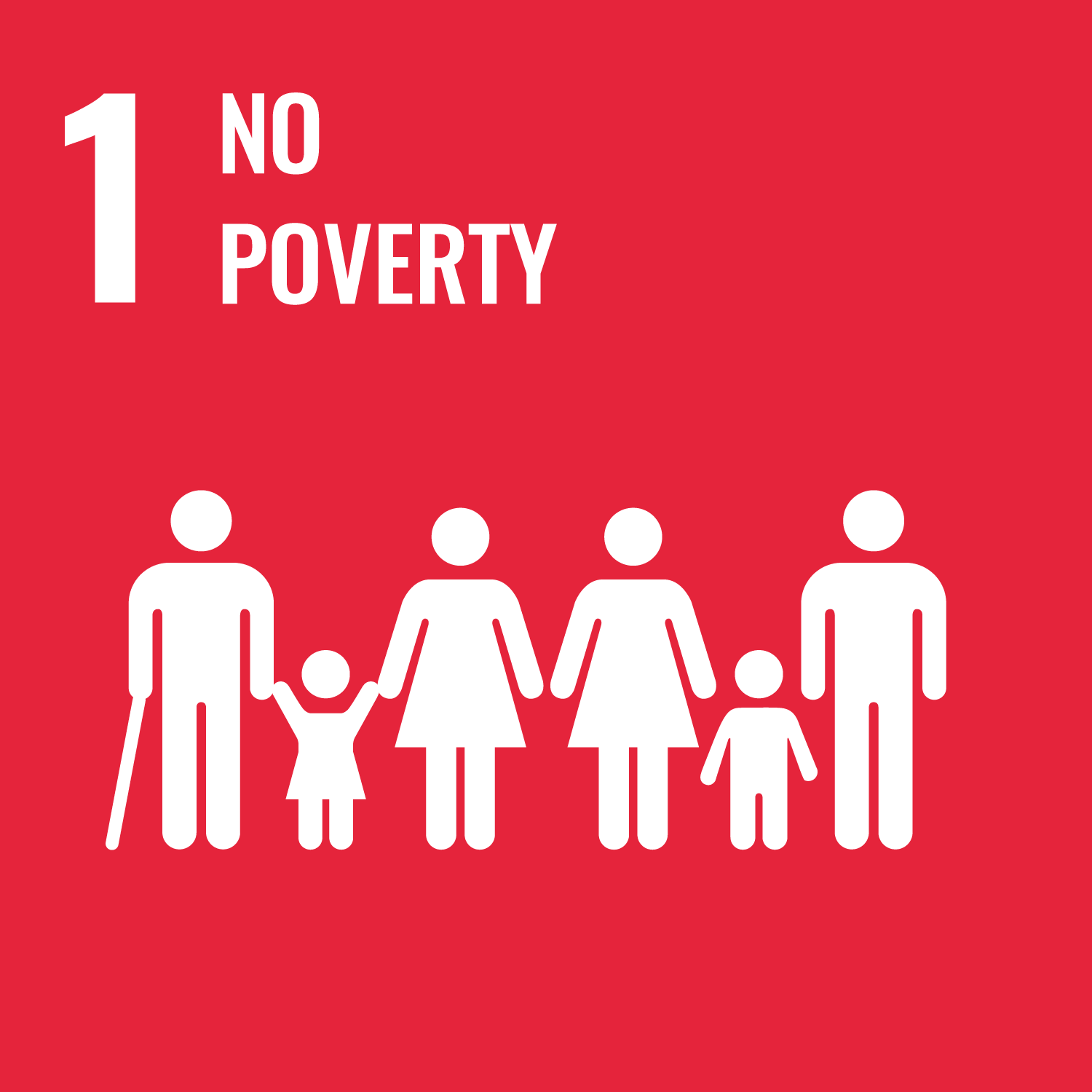
SDG #1 – No poverty
By treating plastic waste as a resource whose recycling can create value, social plastic initiatives create new jobs in low-income communities.
In the countries where we operate, The SeaCleaners encourages Social Plastic initiatives. In Indonesia, for example, the waste collected by our clean-up boat, the Mobula 8, is processed by our local partner APSI (Asosiasi Pengusaha Sampah Indonesia), one of the main professional associations for waste recycling in Indonesia.
It currently comprises 268 companies, the majority of which are small and medium-sized enterprises and self-employed.
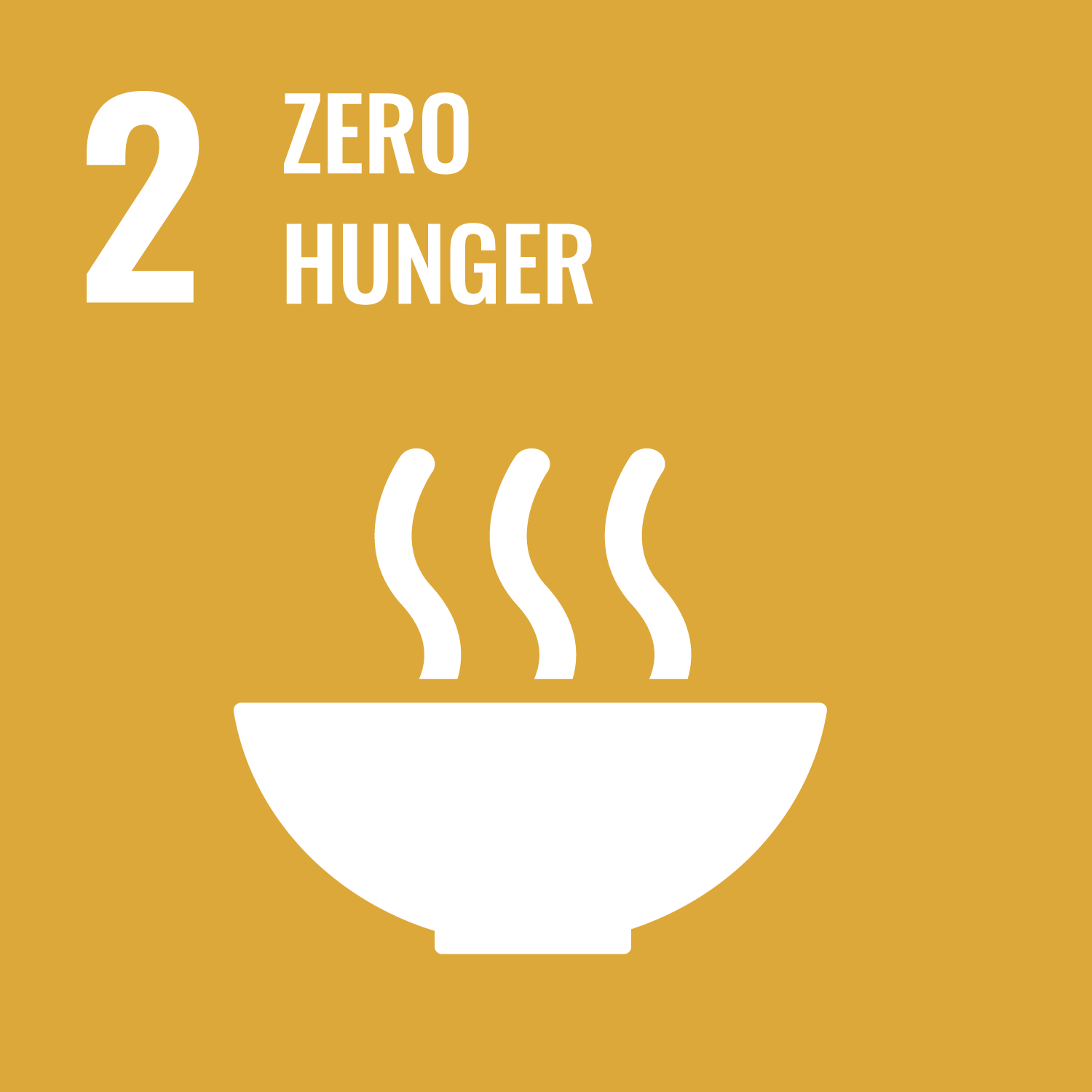
SDG #2 – Zero hunger
Fishing is vital to the food security of over a billion people worldwide. As microplastics penetrate the flesh of almost all seafood1 , the reproduction rate drops by 50% and the weight decreases by 20-35% in some species. The threat of plastic to the global food balance is therefore real.
Through its scientific research campaigns and waste collection activities, The SeaCleaners’ factory ship Manta will help to
– Increase global knowledge about the impact of plastic on marine animals
– Fighting the plastic threat at its own level: Plastic waste removed from the water is waste that will not end up in a fish’s stomach.
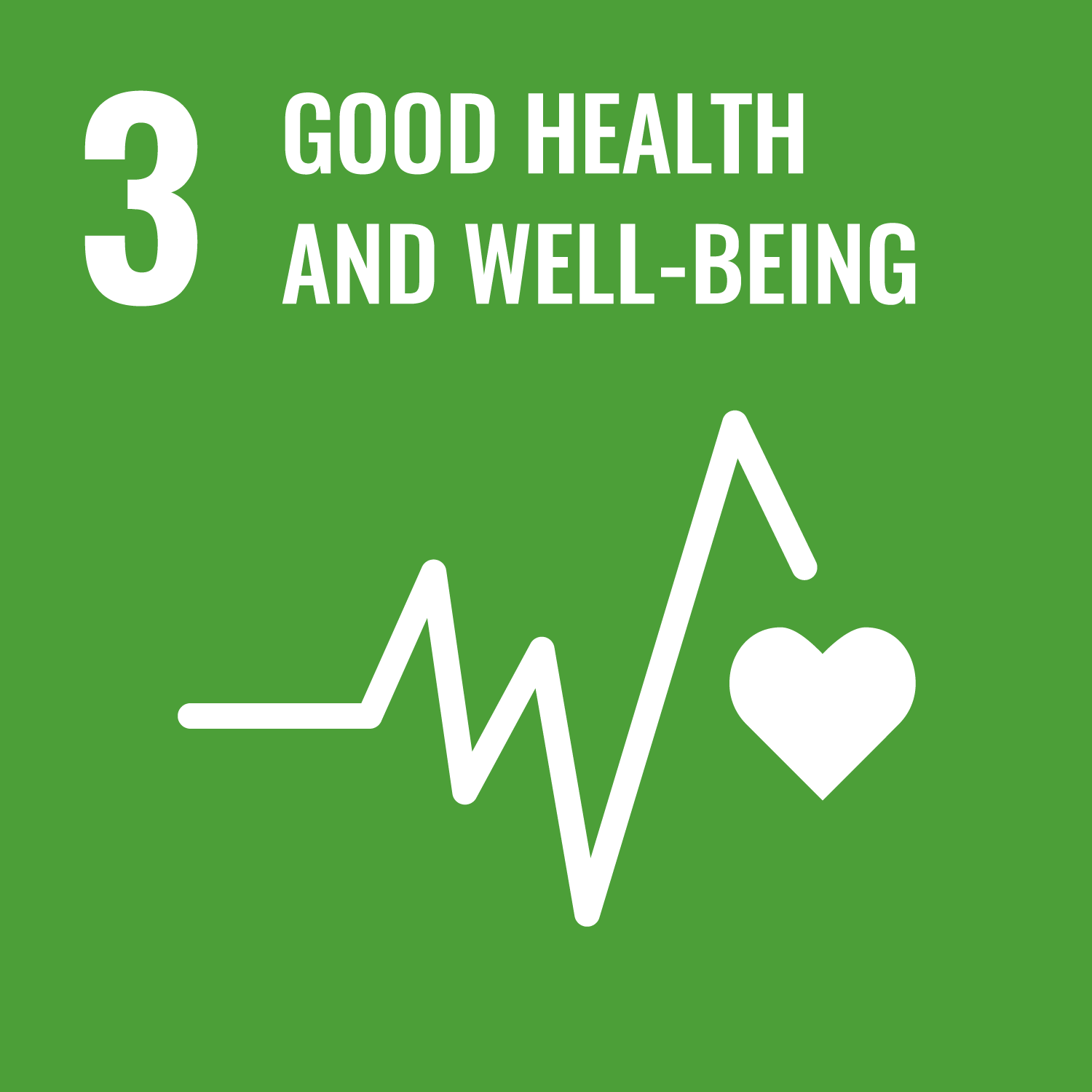
SDG #3 – Good health and well-being
Plastic particles threaten the balance of our ecosystems and our health, with real impacts on our immune, endocrine, respiratory and DNA systems.
Through its clean-up actions, both on land and at sea, The SeaCleaners intervenes before plastic waste degrades and becomes micro-particles that can enter our bodies.
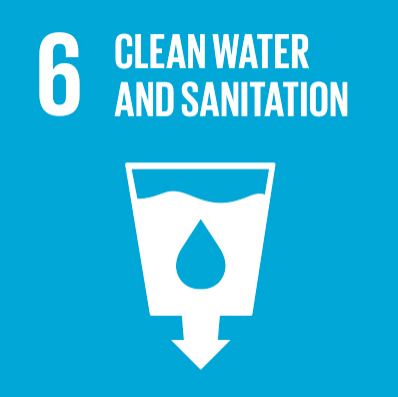
SDG #6 – Clean water & sanitation
Plastic pollution directly harms water safety. Infected water requires more expensive treatment to become drinkable. Water that would potentially be suitable for human consumption thus remains unsanitary.
Watersheds therefore need to be cleared of their plastic waste and then cleaned up at affordable costs.
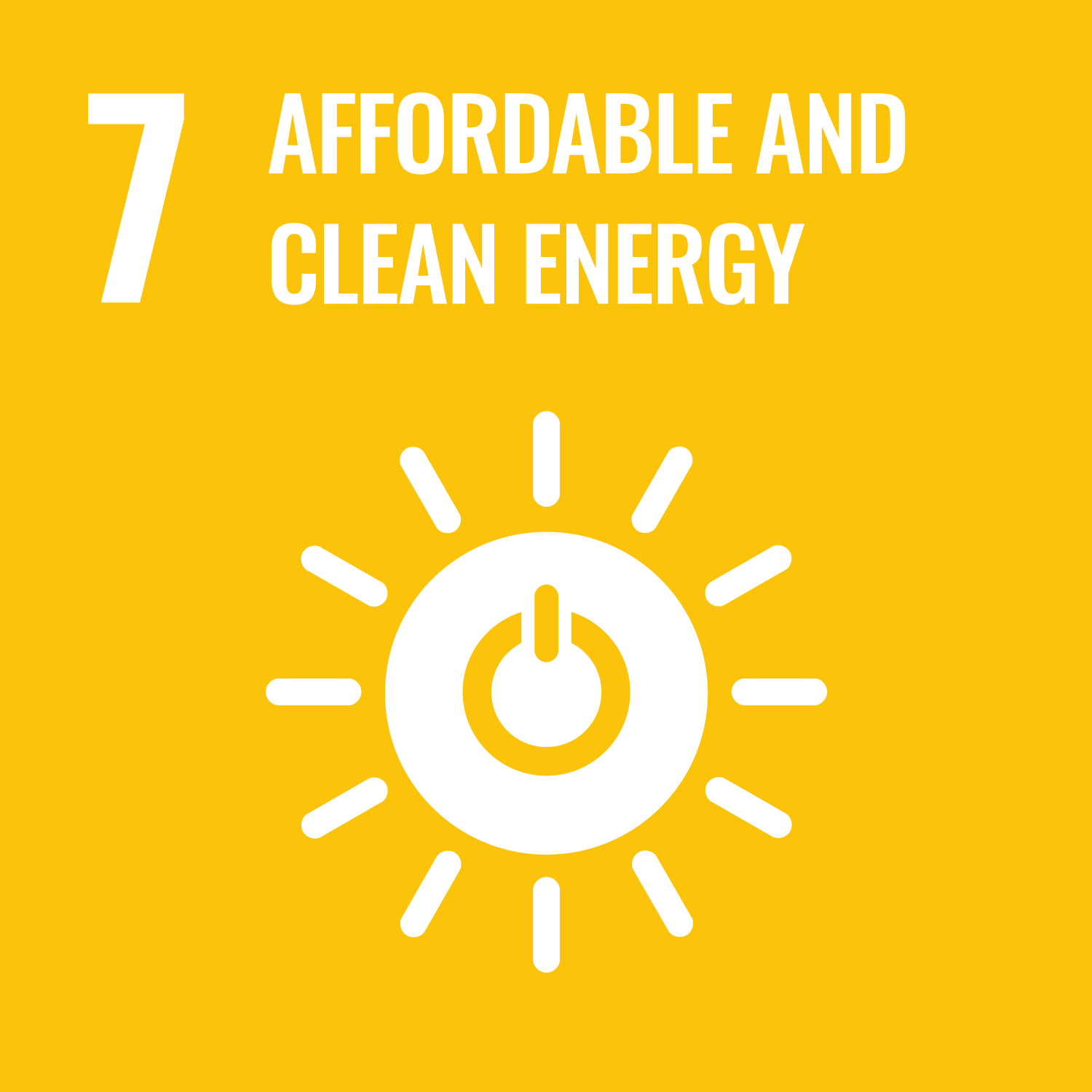
SDG #7 – Affordable and clean energy
The Manta’s energy mix allows it to target 50-75% energy autonomy, making the factory ship a model of a ‘ship’ and a ‘smart ship’. It will be an ambassador for clean navigation technologies applied to workboats, which the maritime industry is now seeking to democratise to limit its environmental footprint.
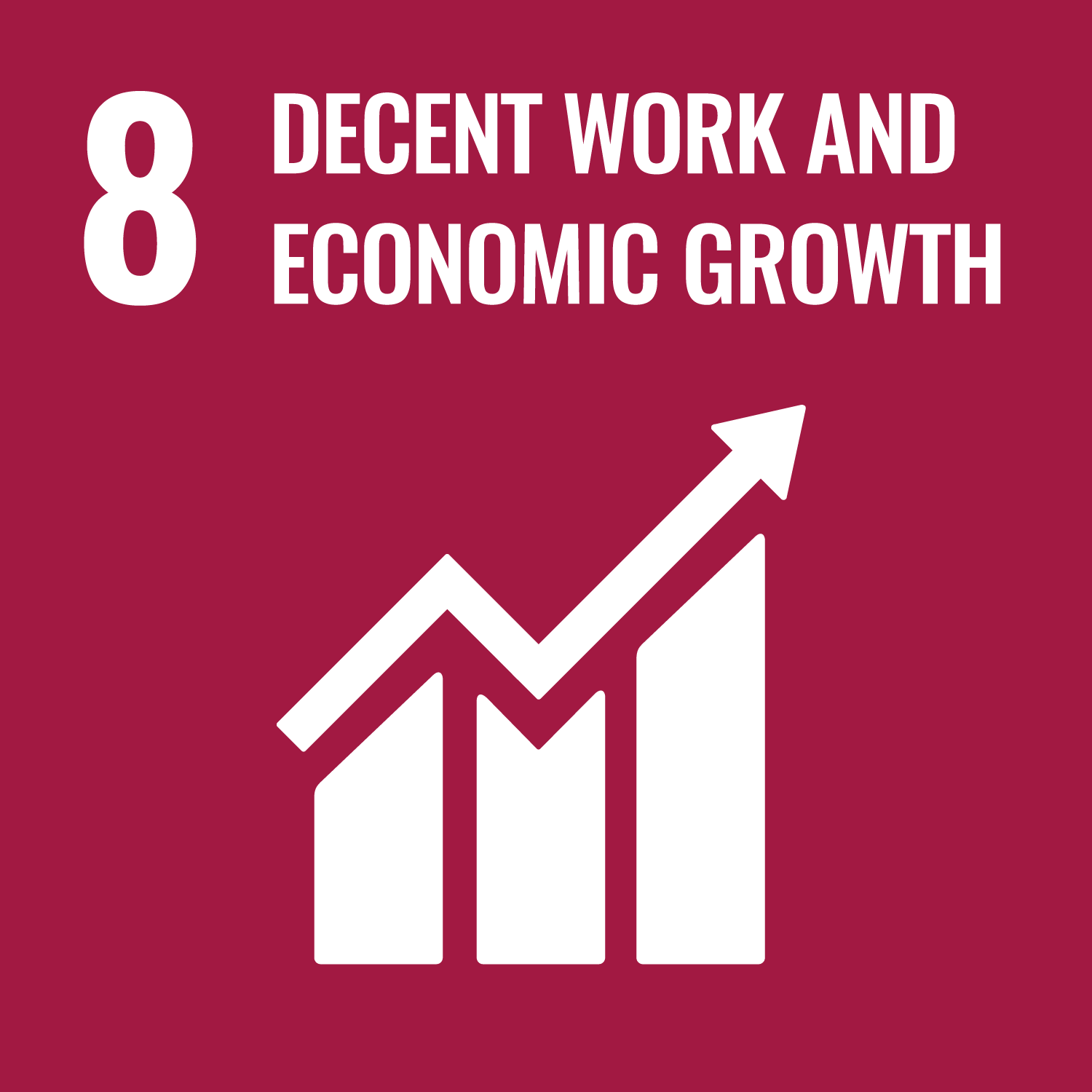
SDG #8 – Decent work and economic growth
The SeaCleaners is committed to the development of circular economy schemes, ranging from the collection of marine, river and land-based plastic waste to its energy or material recovery. A study carried out by Cap Gemini Engineering (formerly Altran) shows that each local project developed by The SeaCleaners will create between 51 and 101 jobs in local communities.
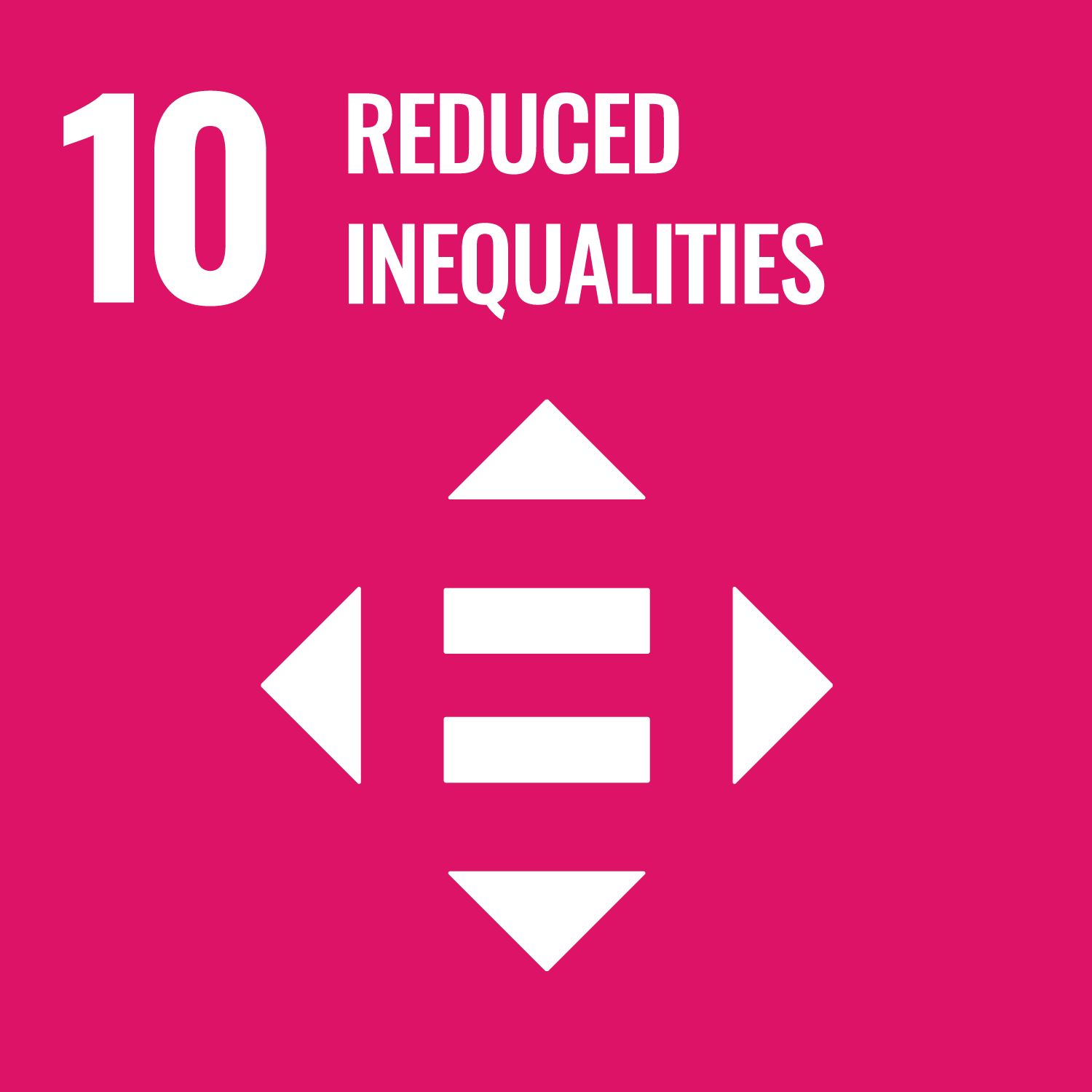
SDG #10 – Reduced inequalities
Through its targeted action to clean up plastic pollution and restore ecosystems, both on land and in areas where plastic waste accumulates, The SeaCleaners places social justice at the heart of its commitment.
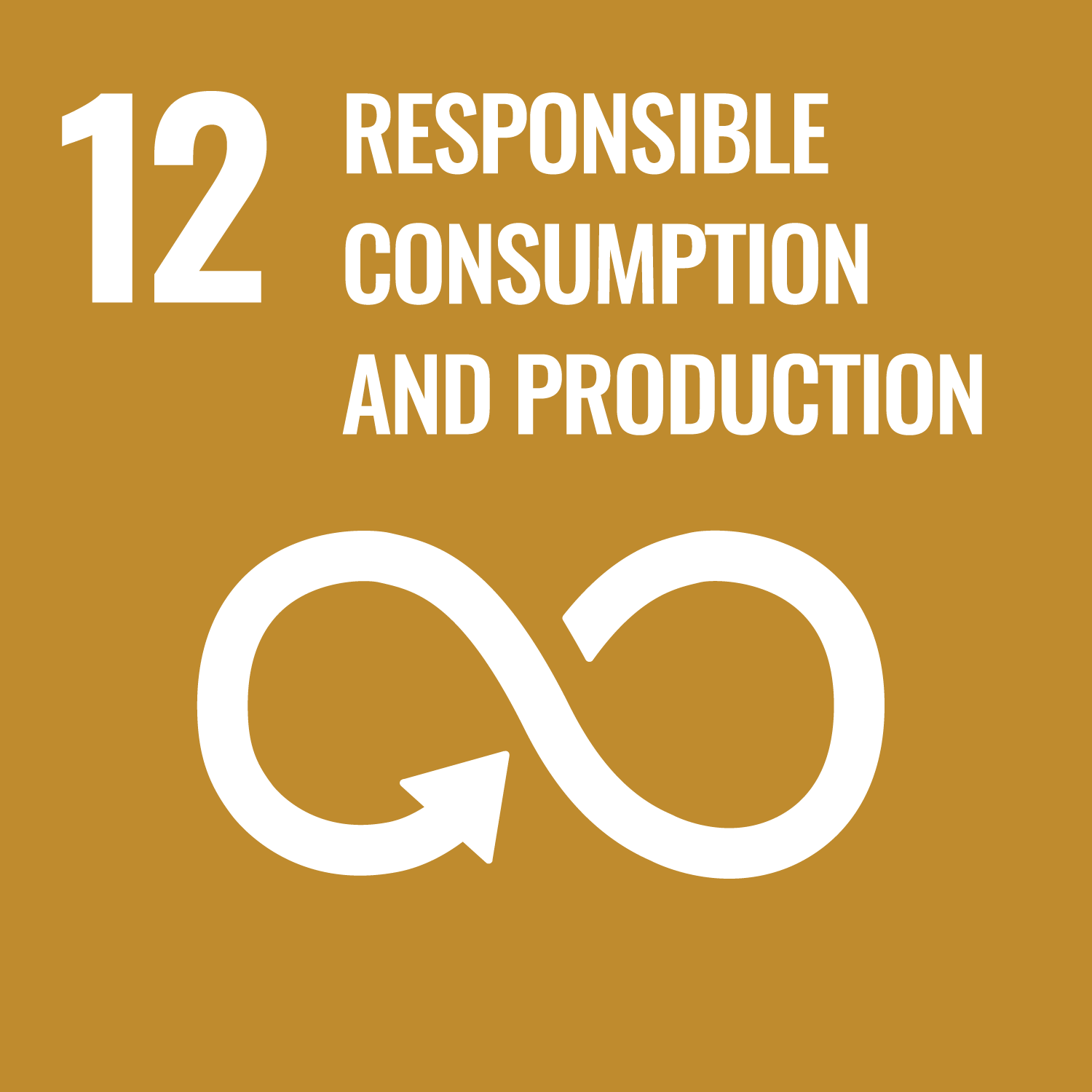
SDG #12 – Responsible consumption and production
The SeaCleaners is committed to educating the general public on how to reduce plastic waste.
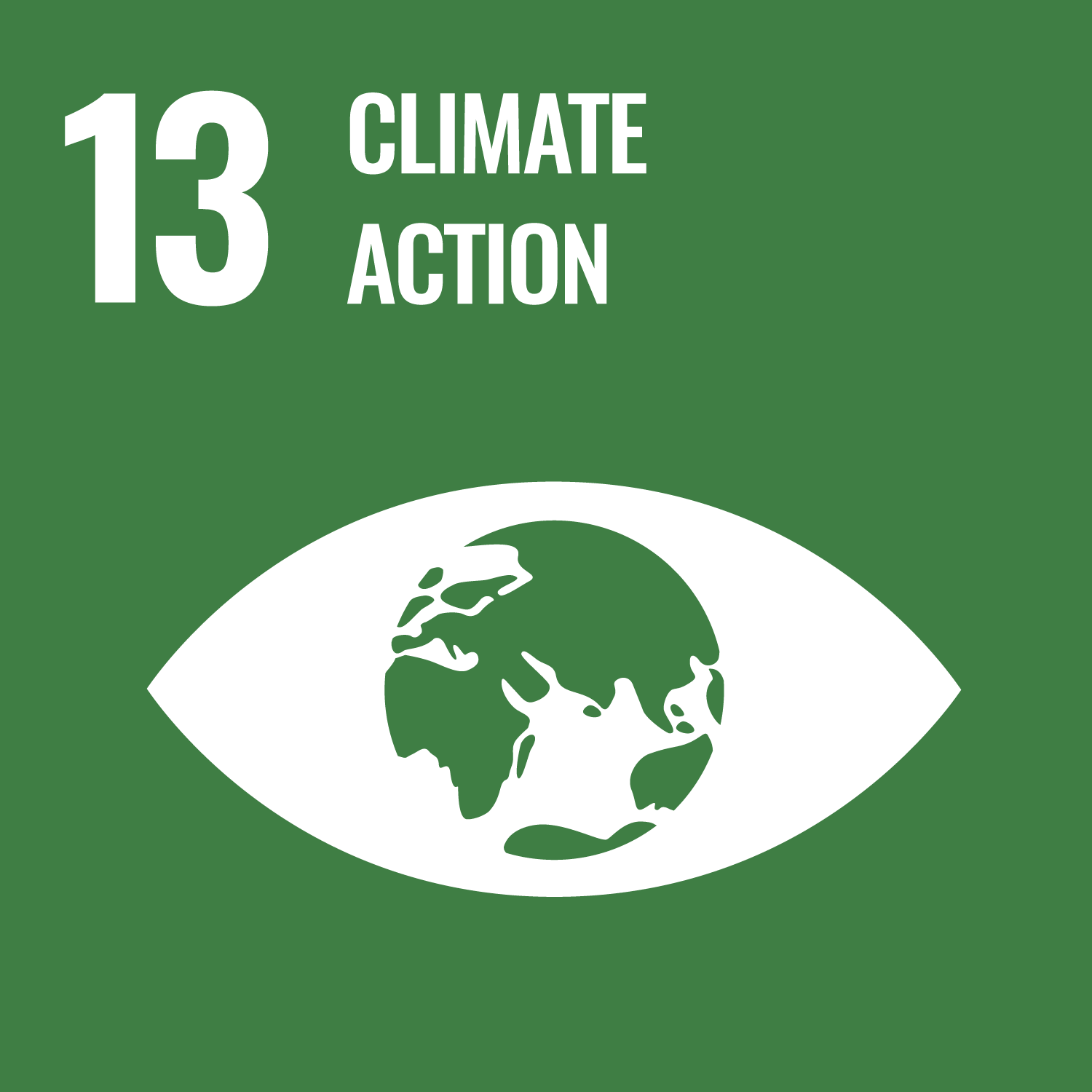
SDG #13 – Climate action
The SeaCleaners’ awareness-raising activities encourage a reduction in the consumption of petrochemical products.
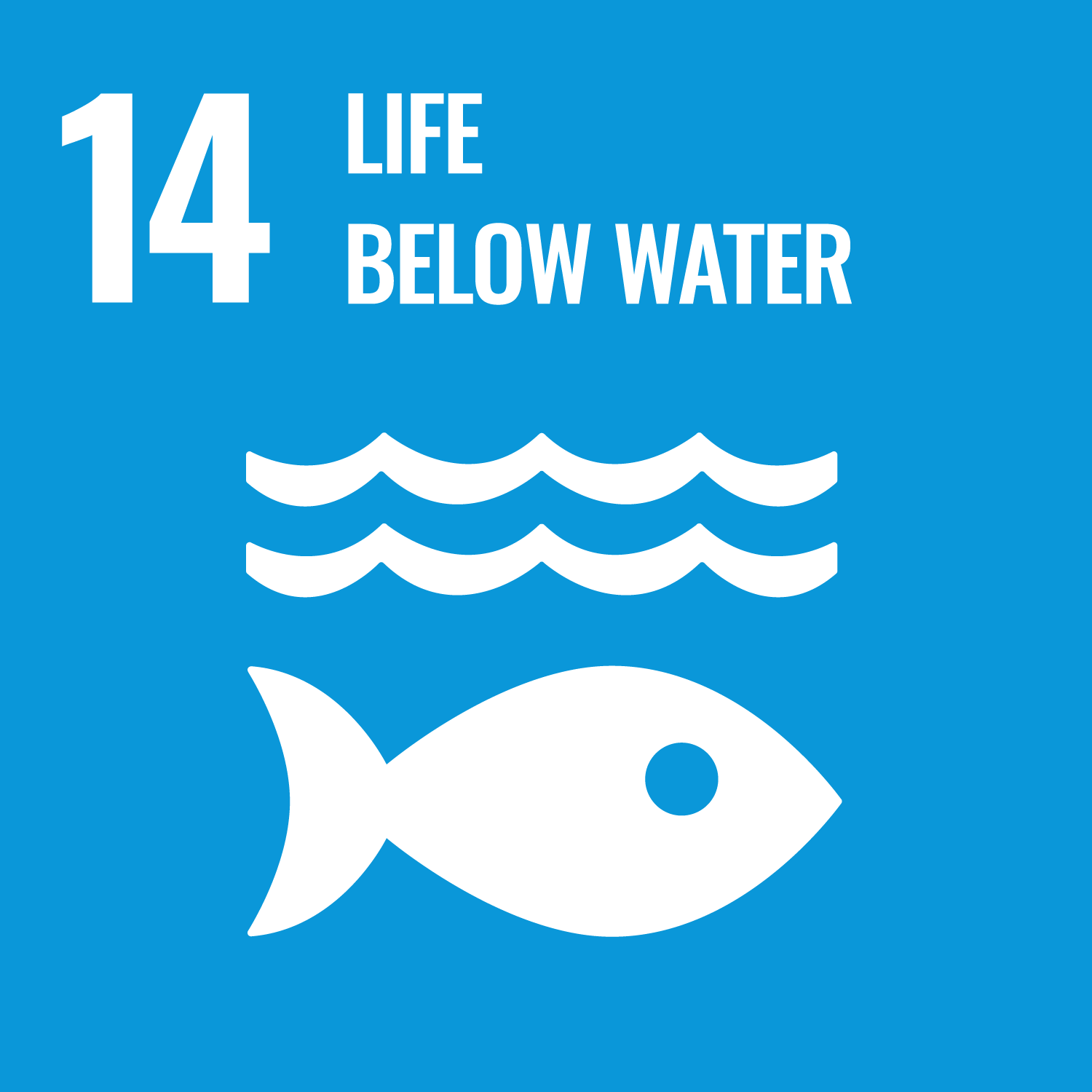
SDG #14 – Life below water
Find out more – Resources
➡️ From Pollution to Solution: A global assessment of marine litter and plastic pollution, UNEP (UN Environment Program), 2021
Read the report
➡️ Drowning in Plastics – Marine Litter and Plastic Waste Vital Graphics, UNEP (UN Environment Program), 2021
Read the report
➡️ Breaking the plastic waves – A comprehensive assessment of pathways towards stopping ocean plastic pollution, The Pew Charitable Trusts, 2020
Access the report
➡️ Global ecological, social and economic impacts of marine plastic, Beaumont et al. 2019
Read the study
➡️ Plastic Statistics 2023, Lawnstarter
Read the study





